A few days ago, Qualcomm released its latest flagship processor, Snapdragon 8 Gen 2 flagship SoC. The new chip promises to "renovate flagship smartphones with a breakthrough experience". Later this year, we expect to see Android flagship smartphones with this new processor. However, is this new chip the best mobile chip in the industry? Can its performance surpass that of the Bionic A16 SoC which arrived with the iPhone 14 series a few months ago? Well, benchmark tests reveal that the Snapdragon 8 Gen 2 still can't catch up to Apple's A16 Bionic chip.
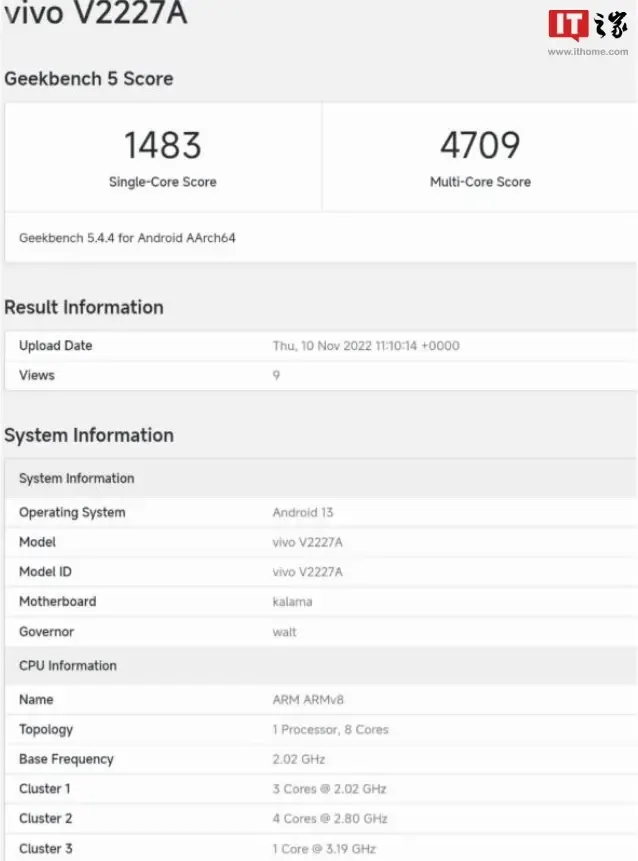
Geekbench scores for Snapdragon 8 Gen 2 and Bionic A16
After the official release of the Snapdragon 8 Gen 2 flagship SoC, we now have the Geebench scores for this chip. The results show that the chip has a single-core score of 1483 and a multi-core score of 4709. How does this score compare to the iPhone 14 Pro series Bionic A16 chip? The Bionic A16 comes with a single-core score of 1874 and a multi-core score of 5372. Since the Bionic A16 completely defeats the Snapdragon 8 Gen 2, let us check its performance with Bionic A15.
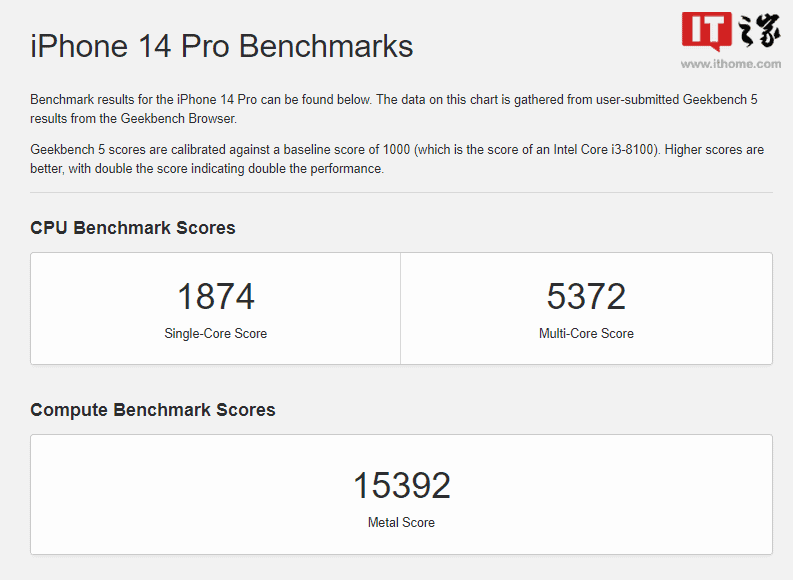
The Bionic A15 which was released in 2021 also scores higher than the Snapdragon 8 Gen 2. The Bionic A15 has a single-core score of 1738 and a multi-core score of 4766. However, the Snapdragon 8 Gen 2 SoC completely defeats the 2020 Bionic A14 SoC. Nevertheless, the Snapdragon 8 Gen 2 is at least two generations behind the Bionic A16 SoC. From these scores, it is clear that Android is behind Apple in terms of processor performance. This also means that most Android flagships to use this chip will perform poorly. At least less than the iPhone 14 series. Even the iPhone 14 and iPhone 14 Plus that uses the Bionic A15 will still perform better than Android flagships with the Snapdragon 8 Gen 2.
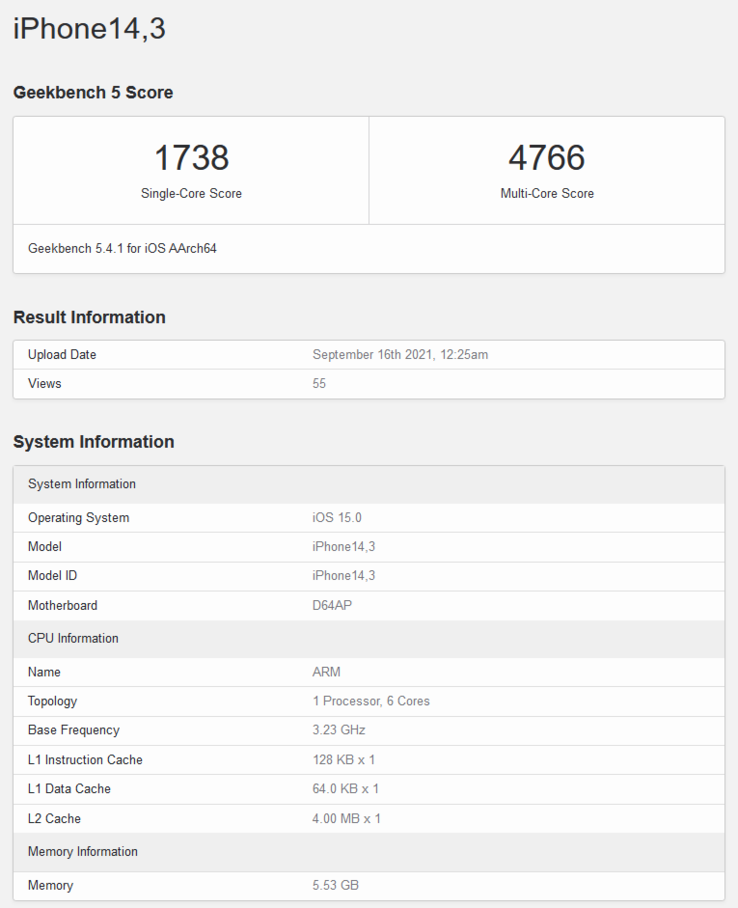
Snapdragon 8 Gen 2 performance
According to Qualcomm, Snapdragon 8 Gen 2 will define a new standard. It will brings new standards in computing. This chip is also intelligently designed through comprehensive breakthrough artificial intelligence to enable extraordinary experiences. Chris Patrick, senior vice president and general manager of Qualcomm's mobile handset group, said... "Snapdragon 8 Gen 2 will revolutionize the flagship smartphone landscape in 2023". However, with its performance well under that of the Bionic A16, it has some improvements to do.
In comparison to the Qualcomm Snapdragon 8 Gen 1 chip, the newer platform offers 35 per cent better CPU performance. It also offers 25 per cent better GPU performance. Furthermore, the new chip comes with a better power efficiency, Qualcomm says. In 2020, Apple's A14 Bionic chip and even the previous-generation A13 chip beat Qualcomm's Snapdragon 888 chip.
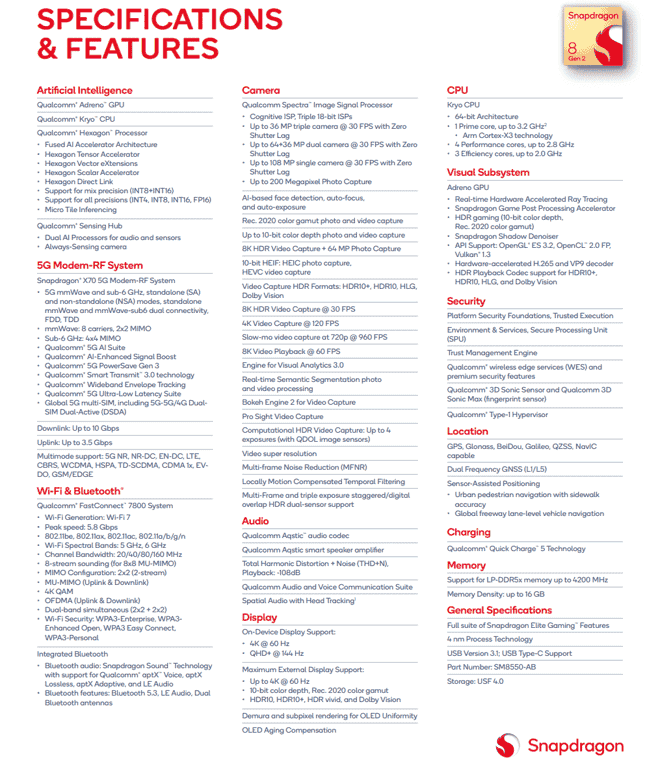
Snapdragon 8 Gen 2 design
In chip performance, the design plays a very vital role. Over the past few years, Qualcomm has been using its old 4 + 3 + 1 design architecture. This old design means that the chip comes with four energy-saving cores, three high-performance cores and one prime core. However, with the new chip, Qualcomm came up with a new design. The new Snapdragon 8 Gen 2 SoC uses a 3 + (2 + 2) + 1 design. Basically, the new chip has five instead of just four high-end cores. This should also be the reason why Qualcomm speaks of up to 35 per cent more CPU power. The first benchmarks of the Samsung Galaxy S23 series actually reveal this new design.
There are two pairs of high-performance cores based on the Cortex-A710 and Cortex-A715 architectures. These cores clock at a maximum of 2.8 gigahertz. It also comes with three energy-saving cores based on ARM Cortex-A510. These cores clock a maximum of 2.0 gigahertz. Qualcomm is going head to head with its Taiwanese competitor MediaTek. Thus, it had to make changes to the cluster design of the CPU of its new chip. This is to secure the performance of this chip.
Through further optimizations, Qualcomm also wants to have increased things by up to 40 per cent. The chip's new Adreno 740 GPU is said to deliver up to 25 per cent more performance. However, this chip also works 45 per cent more efficiently according to the company. The new GPU also supports real-time ray tracing. This is the first time a Qualcomm chip is offering realistic lighting effects and reflections in games. The real-time ray tracing is one of the selling points of the new chip.
Apple A16 Bionic architecture
The Apple A16 Bionic comes with 6 cores. This System on a Chip comes with two performance cores clocking 3.46GHz and four power-efficiency cores. This chip comes with a Neural Engine that still offers 16 cores. However, its performance increases to 17 TOPS (vs. 15.8 of the A15) for AI tasks. This new processor from Apple integrates nearly 16 billion transistors. Recall that the A15 Bionic comes with 15.8 billion transistors. Similarly, the A14 Bionic comes with 11.8 billion transistors. There is no real difference between the Bionic A15 and A16. However, the jump from the A14 Bionic to A15 Bionic is quite large. Apple emphasized efficiency and mentioned 20% power savings for the big performance cores and the class-leading efficiency of the e-cores.
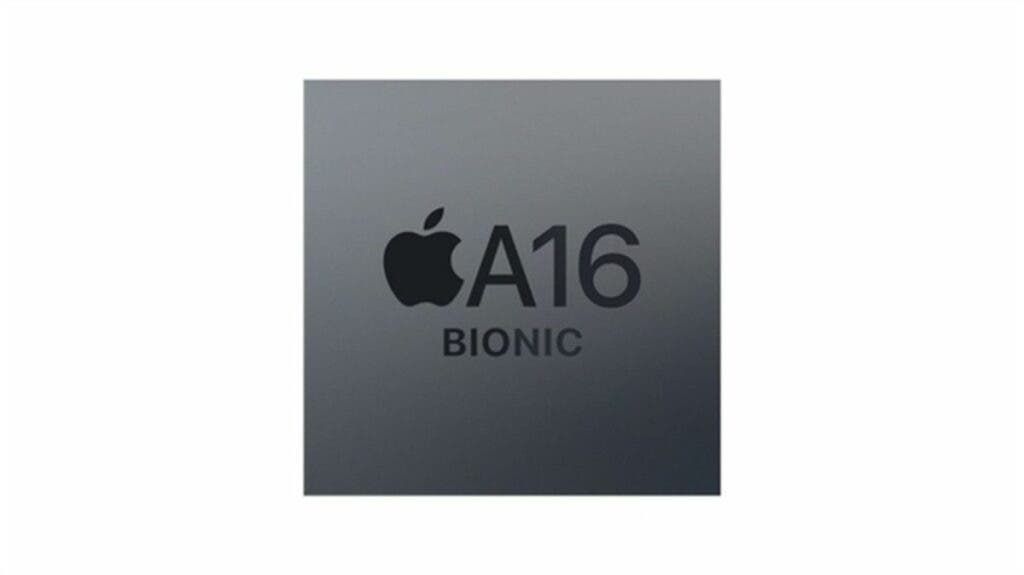
Conclusion
Both the A16 Bionic and Snapdragon 8 Gen 2 SoCs use the same manufacturing process. They both use TSMCs 4nm manufacturing process. Both chips come with higher performance and energy efficiency relative to their predecessors. However, it appears that the design of these chips is the major aspect that determines which performs better. The Apple A16 Bionic chip has 16 billion transistors, including a 6-core CPU, 5-core GPU, and a 16-core neural engine. Apple is quite good with its chip designs. "Competitors are still trying to catch up with the performance of the A13 chip..." Greg Joswiak, Apple's senior vice president said at Apple's iPhone 14 series launch event in September.




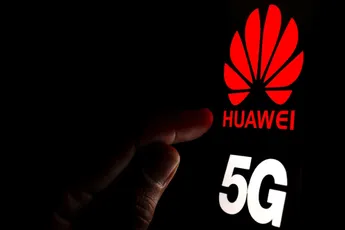


Place comments
0 Comments
You are currently seeing only the comments you are notified about, if you want to see all comments from this post, click the button below.
Show all comments